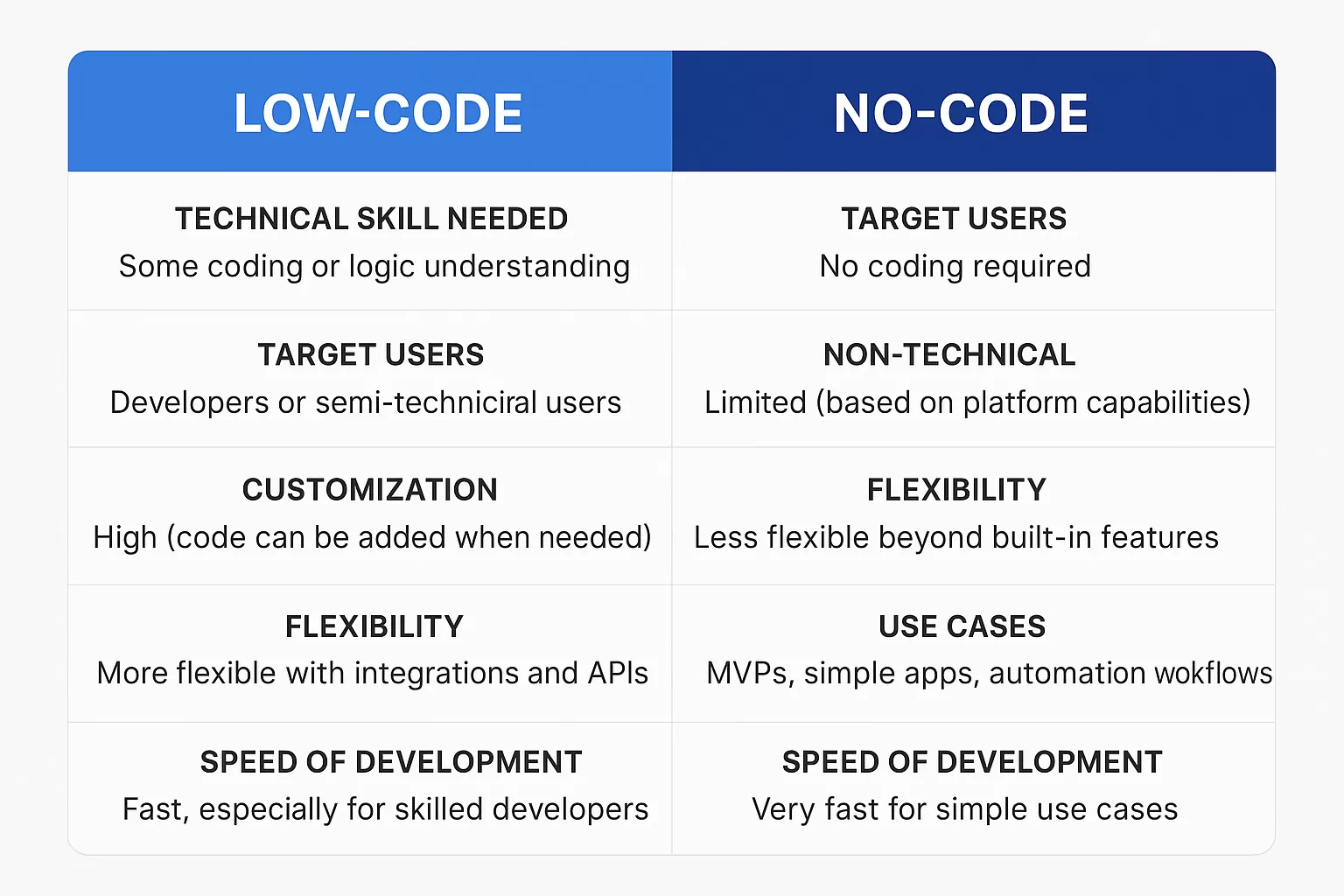
- Services .
- Industries .
- Company .
Explore detailed insights, expert opinions, and updates in our blog. Stay informed, discover new perspectives, and enhance your knowledge with every read.

In software development, technical debt refers to the cost of choosing quick solutions over long-term, sustainable ones. Like financial debt, it may seem manageable at first—but left unchecked, it grows, leading to bloated codebases, delayed product releases, and higher maintenance costs.
For businesses aiming to scale, innovate, or stay competitive, solving the tech debt puzzle isn’t optional—it’s essential.
Technical debt builds up for several reasons:
· Rushed deadlines and MVP launches
· Legacy systems with outdated code
· Poor documentation and team turnover
· Lack of automated testing or code review
· Business decisions that favor speed over structure
In many cases, technical debt is a byproduct of growth—but letting it linger limits your ability to evolve.
Not all tech debt is the same. Understanding the kind you’re dealing with helps guide your solution:
1. Deliberate Debt – Chosen to meet a deadline, with plans to clean it later
2. Accidental Debt – Result of lack of experience, outdated tools, or unclear architecture
3. Bit Rot – Code that decays over time due to neglect or changing system requirements
4. Design Debt – Poor system architecture that causes friction in development
Unchecked tech debt leads to:
· Slower development cycles
· Increased bug rates and support tickets
· Higher onboarding costs for new developers
· Frustrated teams and reduced morale
· Lower customer satisfaction due to performance issues
In essence, tech debt is a silent business killer—eroding velocity, trust, and innovation.
Here’s how to identify, prioritize, and eliminate tech debt effectively:
· Conduct codebase reviews to identify problematic areas
· Create a tech debt backlog, tagging items with business impact
· Interview developers to gather insights on pain points
· Focus on parts of the code that are frequently touched, customer-facing, or critical to future development
· Apply the ICE framework (Impact, Confidence, Effort) to rank items
· Allocate a percentage of each sprint (e.g., 10–20%) to refactoring or cleanup
· Avoid treating debt work as separate—make it part of the development rhythm
· Rewriting entire systems is risky and expensive
· Refactor incrementally—improve code in small, manageable chunks
· Use tools like linters, static analysis, and automated testing to guide improvements
· Use peer reviews to catch debt before it compounds
· Adopt CI/CD pipelines with testing automation to reduce human error
· Track code quality metrics (e.g., cyclomatic complexity, duplication)
· Encourage teams to speak up about poor code quality
· Educate product managers and stakeholders on the ROI of debt reduction
· Celebrate “debt wins” like you would product features
Companies that prioritize tech debt often see:
· 40–60% faster release cycles
· Improved developer retention due to cleaner codebases
· Lower long-term costs from reduced support and maintenance
· Increased ability to innovate and deliver new features faster
Paying down debt isn’t a cost—it’s an investment in resilience, velocity, and customer value.
Solving the tech debt puzzle isn’t about achieving perfection—it’s about creating a codebase and development culture that can scale. By applying the right strategies, you can transform technical debt from a barrier into an opportunity.
It’s not just about code quality—it’s about enabling faster time to market, better user experiences, and a stronger future.
At GreatWorks Technologies, we help teams identify, manage, and eliminate technical debt through strategic refactoring, agile development, and modern DevOps. Whether you're scaling a startup or modernizing an enterprise app, we bring clarity to complexity.
👉 Get your tech project back on track with our expert team. Contact us today.

AI in Foreign Policy: Transforming Global Diplomacy

How AI and 5G Are Reshaping the Future of Telecom

How AI Is Shaping the Future of Entertainment Content

Software Developer vs. Software Engineer: What’s the Difference?

Low-code vs. no-code app development

What Is Digital Transformation? A Modern Business Guide

Top Challenges in Enterprise Application Development & Their Solutions

Complete SaaS Application Development Guide 2025

How Programming Outsourcing Works in 2025

The Psychologist Improving Education with AI Tools